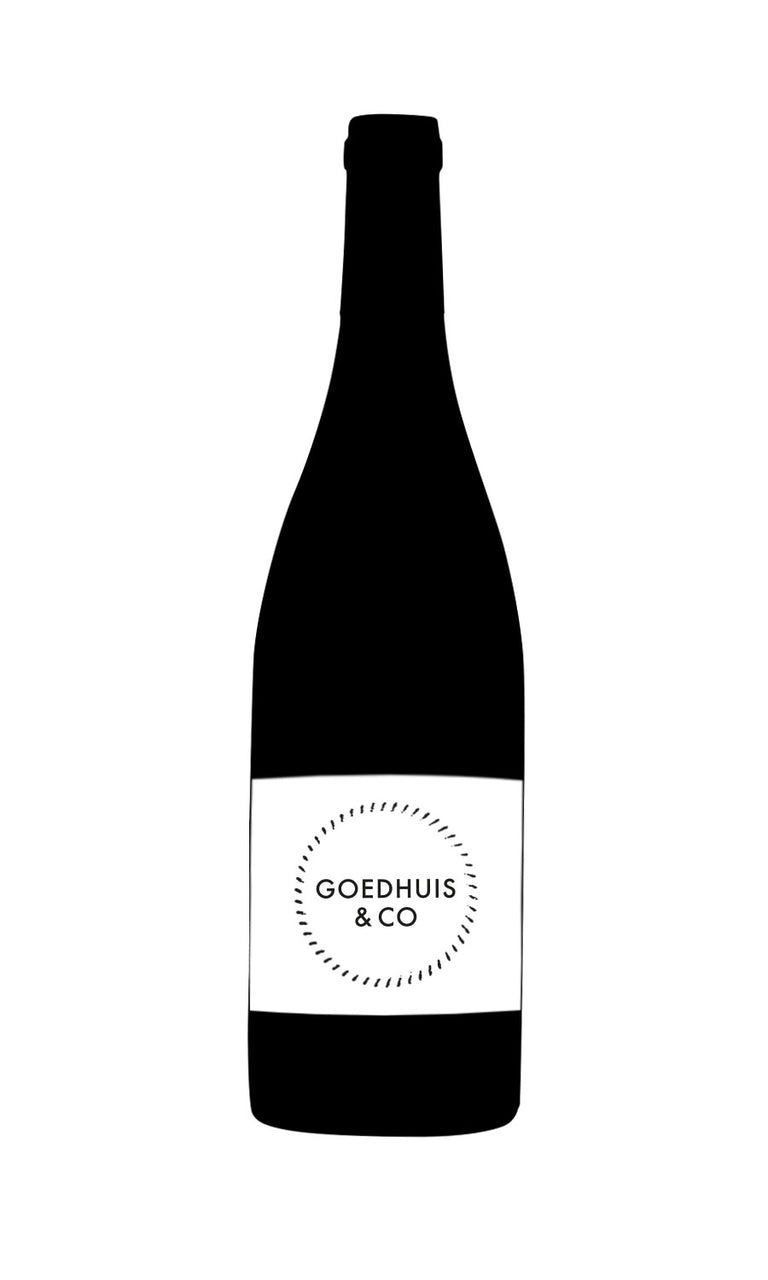
- Colour Red
- Producer Clos St-Martin
- Region St Emilion
- Drinking 2010 - 2030
- Case size 6x150cl
- Available Now
2005 - Clos St-Martin Grand Cru Classé St Emilion - 6x150cl
- Colour Red
- Producer Clos St-Martin
- Region St Emilion
- Drinking 2010 - 2030
- Case size 6x150cl
- Available Now
Select pricing type
This wine is currently only available Duty Paid
Need help? Call +44 (0)20 7793 7900 or email wine@goedhuiswaddesdon.com.
-
Robert Parker, April 2008, Score: 98
St.-Emilion's smallest vineyard produces so little wine (600 or so cases) that it is virtuallyimpossible to find. This beautiful site (somewhat ghoulishly situated adjacent to St.-Emilion'scemetery) produces what I have often called the “Lafleur of St.-Emilion.” Classic notes of crushed rocks, spring flowers, kirsch, and even blacker fruits along with stunning nobility, complexity, and precision emerge from this beauty. The extraordinary 2005 possesses fabulous concentration, terrific texture, length, and depth, and huge tannins, so it requires at least a decade of bottle age. It is one of the vintage's most compelling efforts. Anticipated maturity: 2016-2040.
-
Robert Parker, April 2007, Score: 96-98
It's a shame this tiny vineyard cannot produce more wine. The dense purple-hued 2005 boasts asumptuous perfume of kirsch liqueur, crushed rocks, flowers, and black fruits. Structured with undeniable nobility and elegance as well as superb concentration, awesome texture, amazing muscle and depth, and huge tannin in the finish, this blockbuster requires 6-10 years of bottle age, and should keep for three decades or more. It is a fascinating wine with extraordinary complexity as well as potential. Anticipated maturity: 2012-2035.
-
Robert Parker, April 2006, Score: 92-94
This tiny jewel (one of St.-Emilions smallest vineyards) is reminiscent of Pomerols renowned estate, Lafleur. Concentrated sweet black cherry fruit aromas interwoven with whiffs of damp soil, wet rocks, and flowers jump from the glass of this enormously concentrated, broodingly backward, inky purple 2005. It exhibits fabulous definition and freshness as well as body and structure. Forget it for 10 years, and drink it over the following 20-25. Drink: 2016 - 2041.
-
Jancis Robinson, April 06, Score: 16.5
Very, very dark. Ripe to almost overripe on the nose but intense, neat, very clean and rich and energetic on the palate. Well integrated. This should age well. Well constituted. Rich and exciting. Loses a bit of grip on the finish. Drink 2012-22.
-
Wine Spectator, April 2006, Score: 89-91
Intense aromas of blackberry, mineral and tar follow through to a full-bodied palate, with velvety tannins and a berry and chocolate aftertaste.
Producer
Clos St-Martin
Region
St Emilion
South of Pomerol lies the medieval, perched village of St Emilion. Surrounding St Emilion are vines that produce round, rich and often hedonistic wines. Despite a myriad of soil types, two main ones dominate - the gravelly, limestone slopes that delve down to the valley from the plateau and the valley itself which is comprised of limestone, gravel, clay and sand. Despite St Emilion's popularity today, it was not until the 1980s to early 1990s that attention was brought to this region. Robert Parker, the famous wine critic, began reviewing their Merlot-dominated wines and giving them hefty scores. The rest is history as they say. Similar to the Médoc, there is a classification system in place which dates from 1955 and outlines several levels of quality. These include its regional appellation of St Emilion, St Emilion Grand Cru, St Emilion Grand Cru Classé and St Emilion Premier Grand Cru Classé, which is further divided into "A" (Ausone and Cheval Blanc) and "B" (including Angélus, Canon, Figeac and a handful of others). To ensure better accuracy, the classification is redone every 10 years enabling certain châteaux to be upgraded or downgraded depending on on the quality of their more recent vintages.



